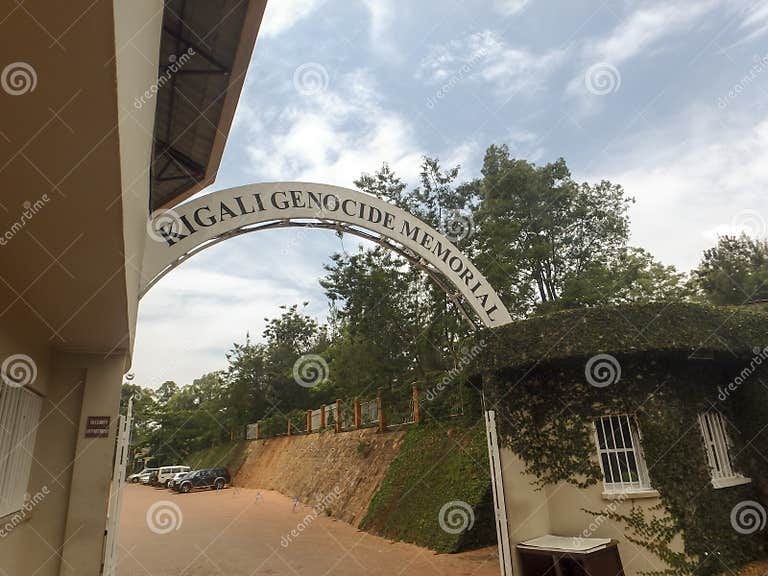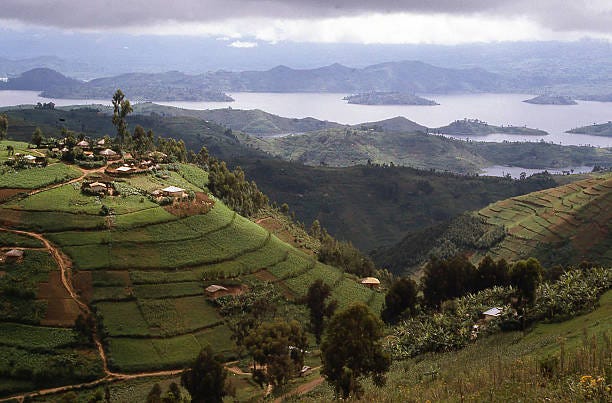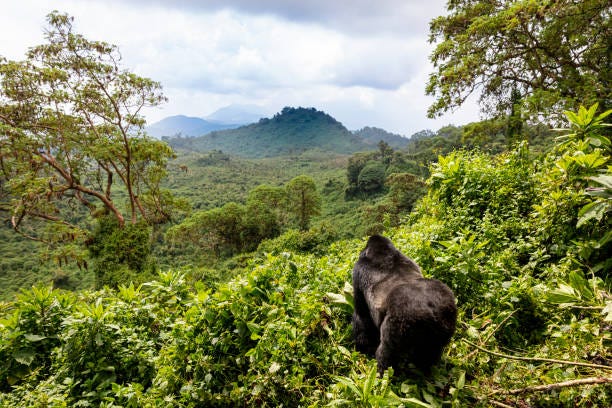TRAVELOGUE: Rwanda: Moving beyond genocide to providing inspiration
‘‘What amazes me is how they have deliberately pulled themselves up and out of the depths of that despair and relabeled their country to write for themselves a new story.’’
Kigali, Rwanda
Travelogue Rwanda
By Prince Tonye Princewill
Most people hadn’t taken anything more than a lingering notice of Rwanda until 1994, when the genocide shocked the world. Even then, many ticked a box and marked Rwanda as another place to avoid; the tragedy is a staple food in a media-predefined diet in a continent where bad news is more at home than good. I, too, was in that category.
There is so much news to consume; you have to decide what is essential and what is not.
So, for me, it wasn’t until I once casually overheard former U.S. President Bill Clinton in the news raving about Rwanda and reeling out its growth and economic statistics I couldn’t ignore. I had to go back, dig deeper and take a closer look at this landlocked miracle in the sun.
Travelogue Rwanda
Even though President Paul Kagame doesn’t like the word miracle, it’s on record that no country has come out of what Rwanda has gone through and still gone on to achieve what it is achieving.
Consecutive growth of 7 – 8 per cent for 15 years, meeting all the SDG targets, the highest representation of women in parliament in the world, the highest enrollment rate of primary and secondary school students in sub-Saharan Africa, health insurance that covers over 90% of the population and a one-stop business friendly registration that takes place within 6 hours. All this is for the second smallest country in Africa. The list goes on.
I’ll spare you the details of what happened during the 1994 Rwanda genocide; most already know, and there is very little, if any, that hasn’t already been said. What amazes me is how they have deliberately pulled themselves up and out of the depths of that despair and relabeled their country to write for themselves a new story.
Kigali Genocide memorial
Ndambarare Trial
Nothing brought it home to me more clearly than when I went to the Kigali Genocide memorial for the third time recently. I had come with a colleague to take a deeper dive into Rwanda on the government’s invitation, to find out what made them tick so much and to try to put a finger on what made them different.
It was the first stop on my itinerary, and even though when I saw it, I had not wanted to go yet again to see the sad images and relive the memories of that day, my guide was very articulate, pleasant and clear-eyed, so my instincts told me to go with the flow. So I did. Something inside of me told me this visit would be different, and it was.
Walking into the reception was not eventful until the discussion of if we could film came up. I had expected a resounding No, but to my surprise, we got the all-clear, albeit with conditions that were quite reasonable, and so we switched from tourists to storytellers and started to look at 1994 from the eyes of you who were not there.
It was no longer enough to wonder, and we needed to know, understand and ask the questions you would ask if you were there. Suddenly we became bolder and more inquisitive, setting the tone for the rest of my trip.
With this new hat and my renewed enthusiasm, I proceeded down the memorial’s steps and into the first area that greets visitors. Unlike my previous visits, I noticed many children had visited the memorial this time. Their naivety and innocence stood in stark contrast to the tragic history they were coming to catalogue, but I put the thought aside as what I thought was my mission there appeared before me.
Travelogue Rwanda
Burst of emotions
We started to walk through and capture the experience for ourselves, knowing that it would be conveyed in due course to us. I mean with the weight of responsibility that comes to mind when the first of many cries, sobs and screams are released. I wasn’t sure where they were coming from, but the reason will always try to explain away an anomaly until it can’t.
I followed the noises until I saw what appeared to be students gathered in a central area. Some were inconsolable and in tears, other fellow students were consoling them, and a few adults were telling them something in Kinyarwanda that I presumed would be okay. Eventually, some had to be carried out, and a few accompanied back up the stairs to “get some air”. All the while, the camera was off. We had agreed to respect the privacy of other visitors, and recording children in distress was not the mission, but it seemed there was a message here, so I asked our guide Yves if it would be possible to grab a word with who I suspected was their teacher.
Travelogue Rwanda
It turns out she was the school’s headmaster and was responsible for managing the kids and their experience. She said she would be glad to talk to us once she got a free moment and true to her word, after she organised a charity contribution from her school to the memorial, laid a wreath at one of the tombs reserved for extinct victims (whole families wiped out) and sat the kids in what looked like a theatre, she came, and she spoke to us.
Her voice was soft and calm, and she wore a pained smile, but behind all this, I saw a resilience which I later came to observe exists in many Rwandans. She told me her name was Chantelle, and she was the head teacher of one of the technical secondary schools. She brought the children there as part of the school curriculum to learn about their history. She said it was pretty emotional for the kids to see it for the first time, but it was necessary. So the next generation can see why it must never happen again.
Unity and forgiveness
Travelogue Rwanda
Before we finally took our leave, we managed to squeeze out a few words from Serge, the external relations manager at the Kigali Genocide Memorial. He buttressed the point made by the head teacher, pointing out that one of the critical causes of the genocide was the prevailing narrative at the time – hate. “After the genocide, it had to change. The new narrative is unity and forgiveness, and it is taught to counter brainwashing of the past,” he said.
I asked what advice he would give to visitors who had not yet come or fully grasped the purpose here. He replied, “We welcome them to come and see for themselves. Genocide is like a public health issue; like any disease, it displays symptoms. Coming here gives you an indication of some of those symptoms so that you can avoid them in your society. Treating symptoms early is the best way to prevent the disease. Never again, not only in Rwanda. I left there thinking that you can listen to the same song repeatedly and miss the message until you are ready to receive it one day. Rwanda has not only put its head down and started the hard work of building up a responsible society; it’s provided the rest of us an inspiration many of us would do well to learn from. I often refer to Rwanda as the Dubai of Africa, but I am sure the likes of President Kagame will say, “There is only one Dubai, and there is only one Rwanda.
Premium Times Nigeria






